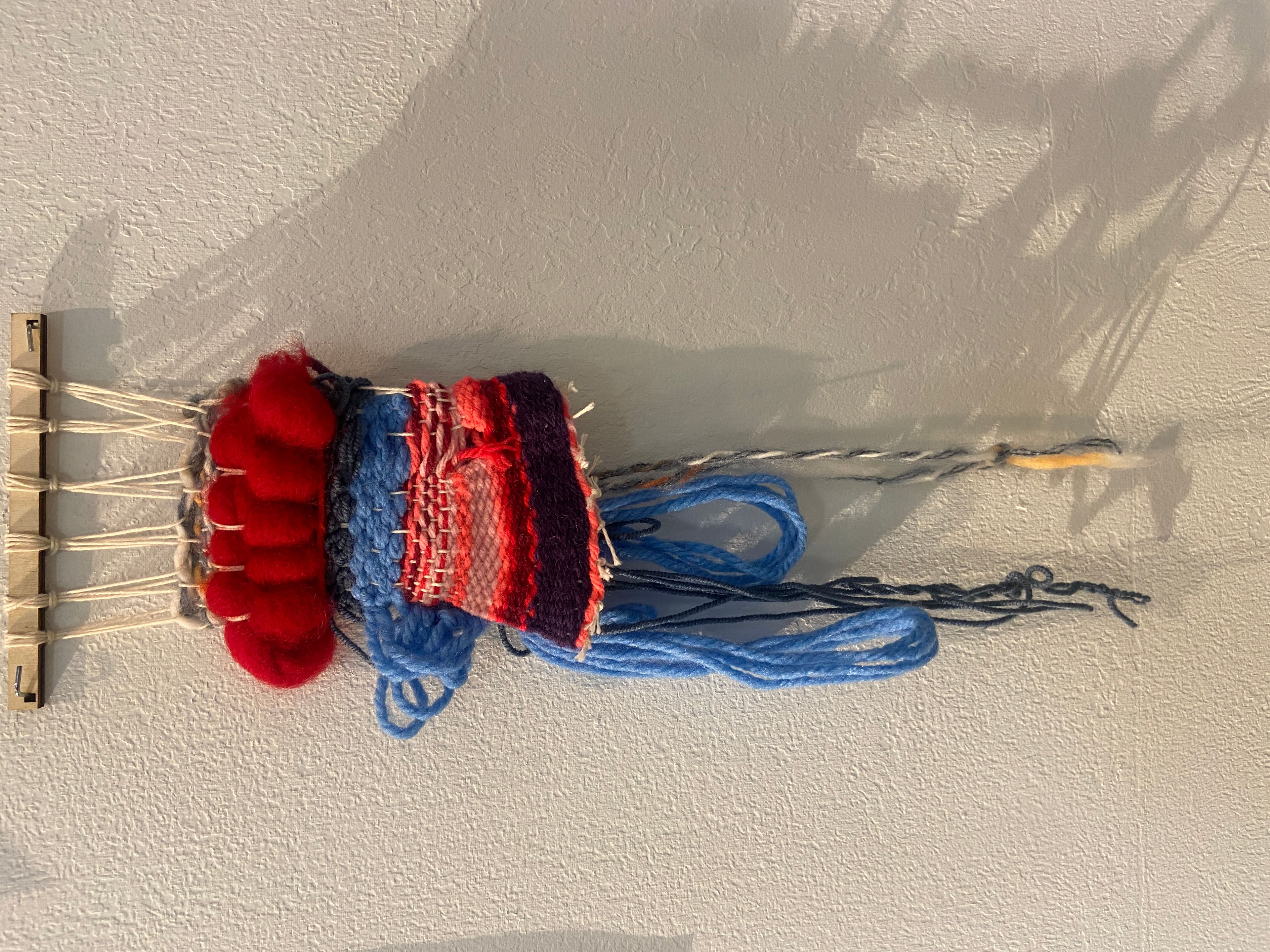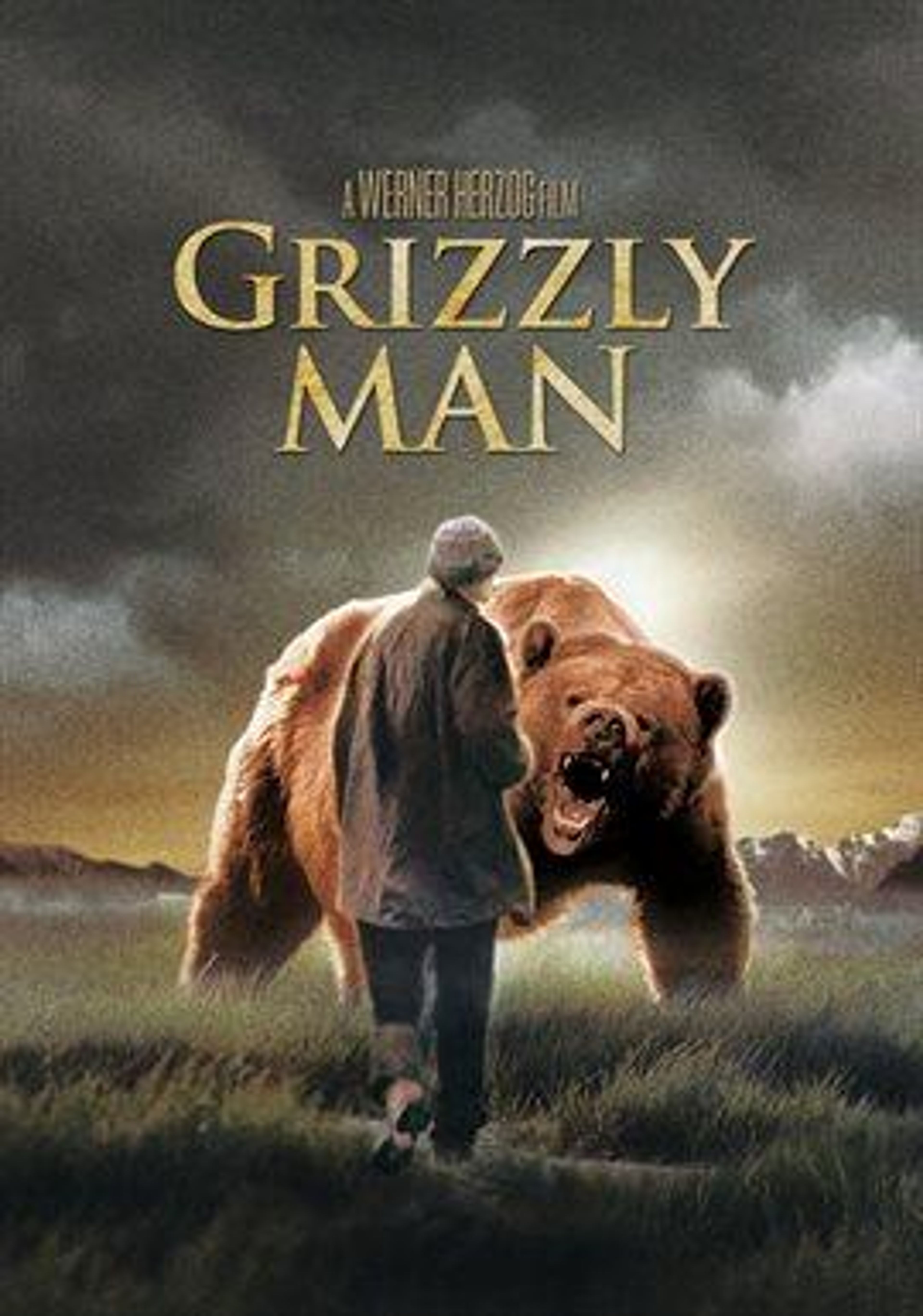Tapeworm parasite cannot be passed to humans
Some time ago I read a news report about a man who died after eating deer meat that contained the tapeworm parasite, echinococcus (e-kino-cock-us).
Somebody made a mistake!
Deer carry immature tapeworms in their liver and lungs, but the parasites cannot be passed to humans. A dog or other flesh-eating animals must play the middleman and eat the raw infected deer entrails to perpetuate the echinococcus' life cycle. The parasitic tapeworms mature in the dog's intestines and lay eggs that are shed in the dog's feces.
It is true that humans can become infected with this sometimes deadly parasite. It is not pleasant to think about, but if a man accidentally contaminates his hands with dog feces and then eats a sandwich, he could be infected with the parasite.
Are deer the only intermediate hosts for the echinococcus parasite?
There are several species of echinococcus, but echinococcus granulosus uses not only deer but also moose, elk, cattle and sheep as intermediate hosts to complete its life cycle.
Using deer as an example, a cyst forms in the liver or lungs that contains as many as 2 million tapeworm heads. When a dog or other carnivore eats the cyst, the heads reach the dog's intestines and develop into mature tapeworms that start producing eggs. If a deer grazes in an area contaminated with dog or coyote feces containing the eggs, the cycle starts over again. A cyst develops in the deer's liver that is filled with tapeworm heads.
Then it should be emphasized that it is always necessary for a carnivore to be part of the life cycle of the tapeworm. The mature tapeworms cannot develop and lay eggs in the intestine of other animals such as deer.
That is correct. And the parasites cannot be passed from dog to dog or from deer to deer. In other words, to complete the life cycle, the tapeworm must pass from a deer or other ruminant to a carnivore and back to a ruminant.
Sometimes man takes the place of a ruminant. This is extremely serious because the cysts become very large in the liver and brain and removal is hazardous. If the cyst breaks open, it can spread more cysts to the brain and elsewhere in the body. When the parasite ends up in man, the cycle meets a dead end, because it is highly unlikely that a dog would eat a man's infected liver.
Do the mature tapeworms bother a dog and is there a treatment to get rid of them?
It is difficult for an owner to know if the dog carries the echinococcus tapeworm because an infected dog does not show signs. The only positive method of diagnosis is by microscopic examination of the dog's feces for tapeworm eggs.
There is an effective treatment that a veterinarian will prescribe if he or she identifies the eggs. An interesting side light in New Zealand, the echinococcus parasite uses sheep as well as deer for its intermediate host. Because sheep ranching is such an important part of that country's economy and most sheep operations use sheep dogs, a law has been passed that requires periodic treatment of all dogs for tapeworms.
Here in the United States, hunting dogs that might come in contact with the raw viscera of deer, elk and moose should be treated for the echinococcus tapeworms. It is an easy precaution to take and it is better to be safe than sorry.
Mary Ellen Gorham is a Pullman pet fancier who writes a weekly column.
o
yin>>npnsnnenanan'nUnnnqnTn'nOn)nn ni
n
no
no
l= s
yyyyU=>?@AIQslice archs10.31/11.111/04/9811/04/98Moscow-Pullman







